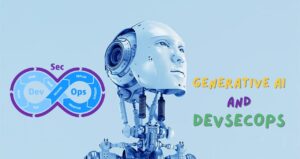What is Observability?
In software development, observability means having the ability to understand what’s happening inside your systems just by looking at their outputs. Think of it as your application providing clues for troubleshooting and optimization. The three main tools of observability are:
- Logs: Records of specific events with helpful details.
- Metrics: Numerical data on how resources are used and how your application performs.
- Traces: Tracking requests through multiple systems or microservices.
Why Make Observability Part of Development and Testing?
- Troubleshoot Faster: Find the source of problems quickly with detailed observability data.
- Prevent Outages: Spot potential issues in code before they cause failures.
- Optimize Performance: See how changes impact your application in real-time.
- Test Smarter: Write better tests using insights from observability tools.
- Build Maintainable Software: Observability encourages code that’s easy to monitor in production.
Key Strategies for Adopting Observability
- Set Your Goals: What questions should observability answer for you?
- Pick the Right Tools: Research open-source (e.g., Prometheus, Grafana, Jaeger) or commercial solutions.
- Code with Observability in Mind: Add detailed logs, track custom metrics, and implement tracing.
- Visualize Your Data: Centralize logs, metrics, and traces, then create helpful dashboards.
- Make Observability a Habit: Include it in testing, deployment monitoring, and debugging.
Additional Tips for Success
- Protect Sensitive Data: Handle privacy and security carefully.
- Manage Data Volume: Have strategies to control observability data costs.
- Train Your Team: Help developers and testers become experts in using observability tools.
I’m ready to help you explore specific tools, use cases, or any aspect of integrating observability into your development process!



